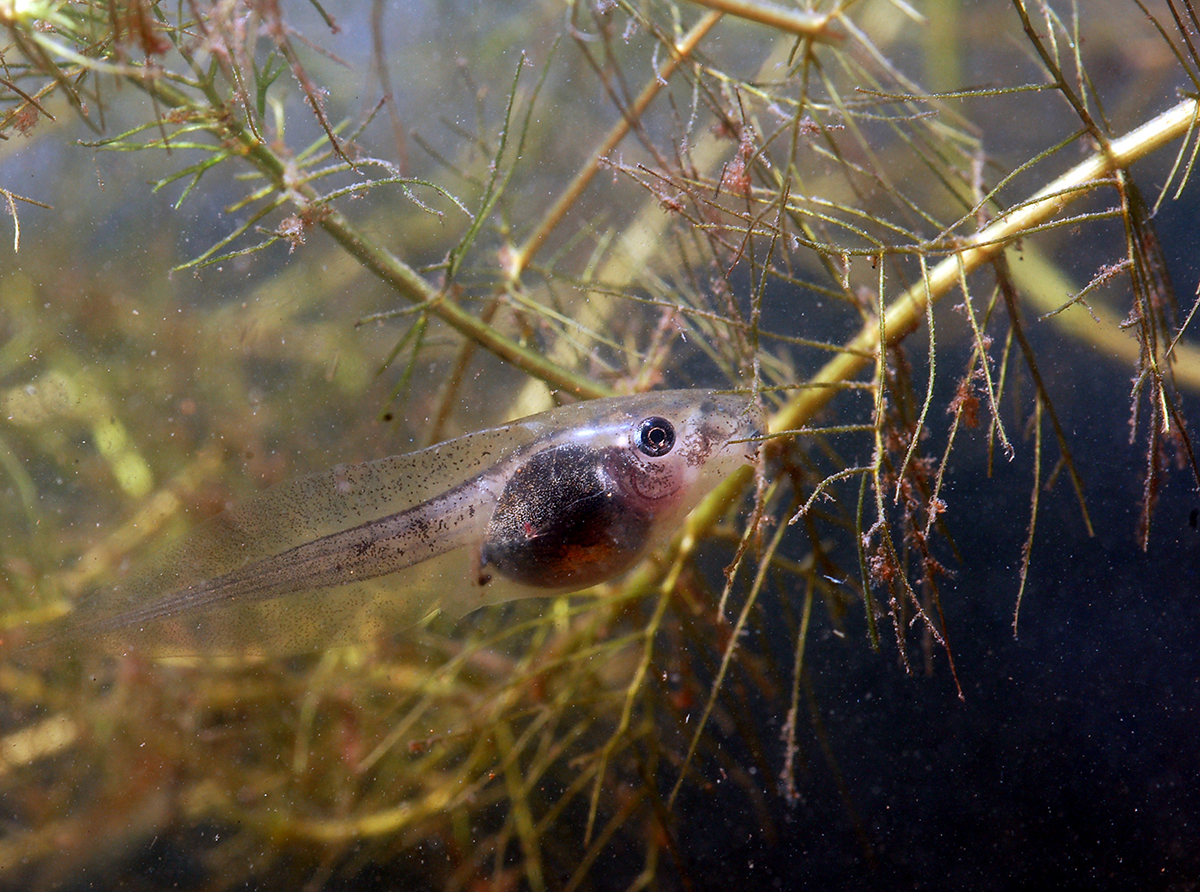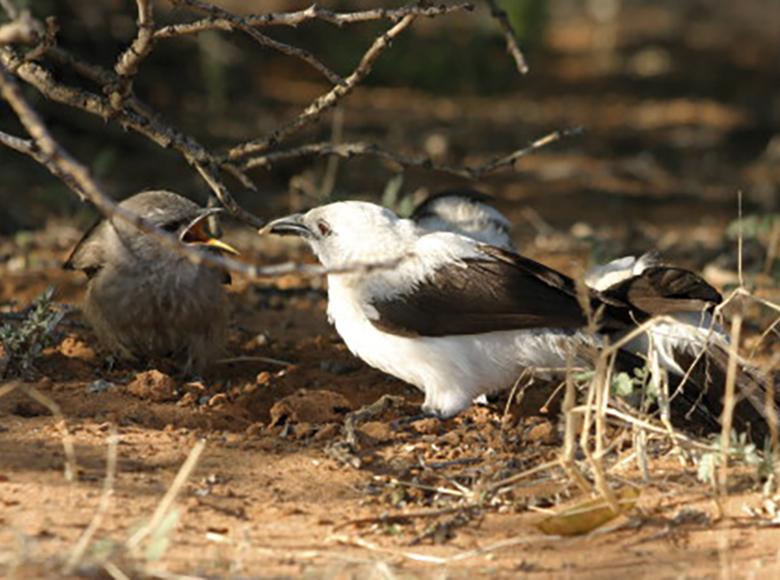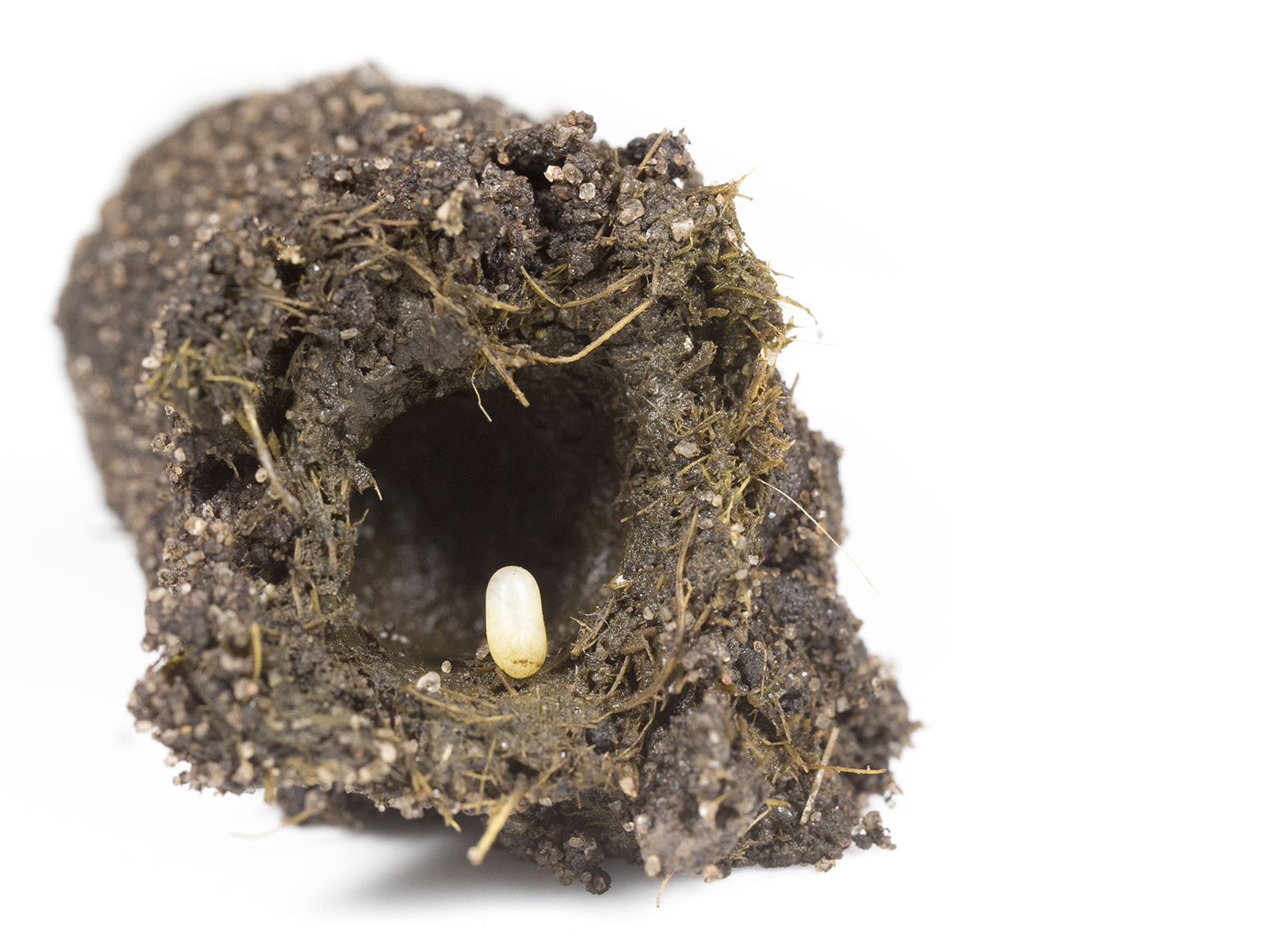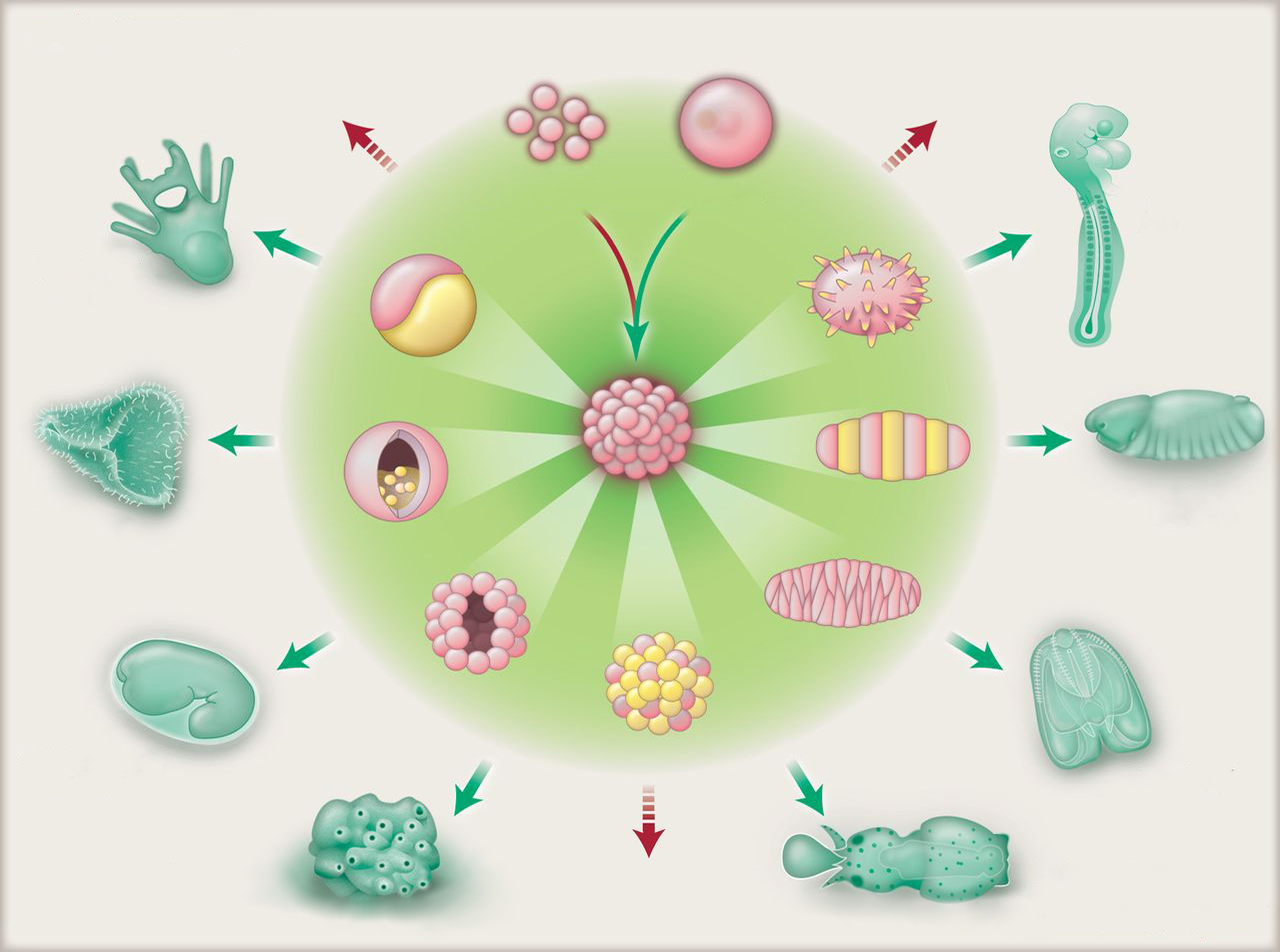From plasticity to diversity: accommodation of ancestral plasticity results in divergent developmental rates in spadefoot toads
by Ivan Gomez-Mestre
“A plausible argument could be made that evolution is the control of development by ecology” Van Valen, 1973 During development, organisms use hereditary information, together with cues from the internal and external environment, to produce their phenotype. I use the term hereditary information purposefully because research in the last two decades has shown that
read more








